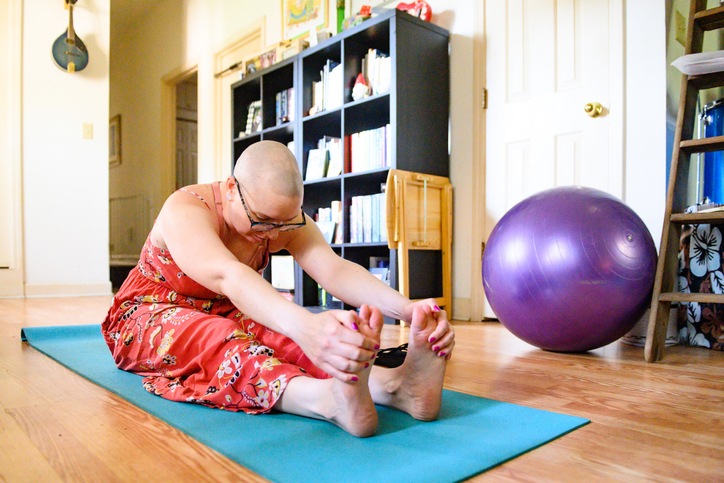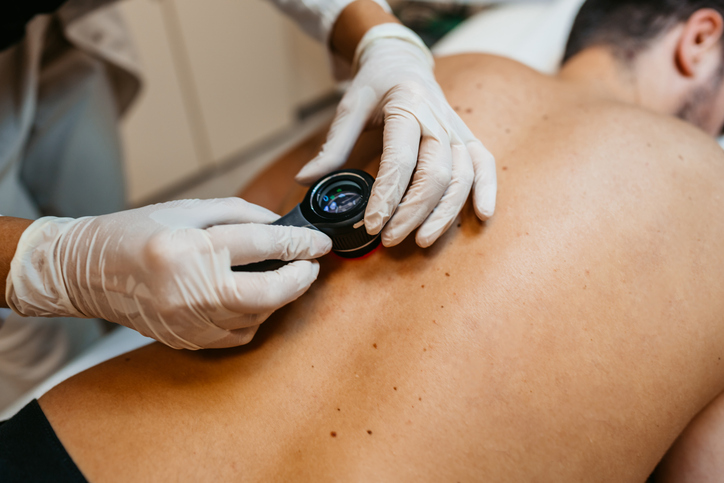
Routine exercise is correlated with a reduced risk for cancer and, among patients already diagnosed with cancer, reduced mortality risk. However, according to a new study, cancer patients may not be accurately self-reporting their physical activity.
The researchers compared outcomes of the “Physical Activity Scale for the Elderly” (PASE) questionnaire versus data obtained from accelerometers. The PASE questionnaire is a brief survey that asks questions about the frequency and duration of relaxation time as well as household and work-related activities. However, “A disadvantage of self-reported questionnaires is that they are prone to recall bias, response shift, and social desirability bias,” the authors noted. Accelerometers use raw data to report outcomes, but “accelerometer assessments are expensive and [labor] intensive, because they have to be initialized before and read out after use, followed by data processing and analysis.”
Comparisons between the two tools were made in 403 patients from the REACT (Resistance and Endurance Exercise After Chemotherapy; n=227), the EXIST (Exercise Intervention After Stem-Cell Transplantation; n=74), and NET-QUBIC (NEtherlands QUality of Life And Biomedical Cohort Studies In Cancer; n=102) studies. The total PASE questionnaire score and accelerometers (total minutes per day >100 counts) were used to evaluate physical activity.
The mean (SD) age of the patients was 56 (11) years; 58% of patients were female. The most common cancer type was breast cancer (36%), followed by head and neck cancer (25%) and lymphoma (13%). The mean (SD) PASE questionnaire score was 95.9 (75.1); the mean (SD) accelerometer-assessed physical activity was 256.6 (78.8) minutes of physical activity per day.
“The agreement between the PASE questionnaire and accelerometer-assessed physical activity expressed in min/day was significant but poor (B = 0.36, 95%CI = 0.27; 0.44, p < 0.01),” the researchers observed. “The agreement between the PASE score and accelerometer output expressed in counts per minute was also poor (B = 0.26, 95%CI = 0.17; 0.35, p < 0.01).”
The study was published in Supportive Care in Cancer.
The study authors concluded that the study “implies that both measurement methods do not measure the same construct and that they cannot be used interchangeably.” They recommended instead that both methods be used in conjunction with one another for the most accurate outcomes.






 © 2025 Mashup Media, LLC, a Formedics Property. All Rights Reserved.
© 2025 Mashup Media, LLC, a Formedics Property. All Rights Reserved.